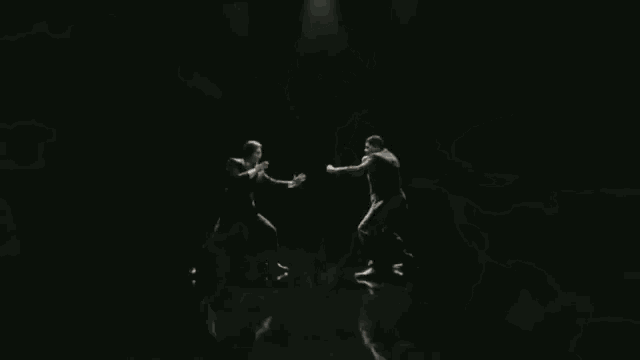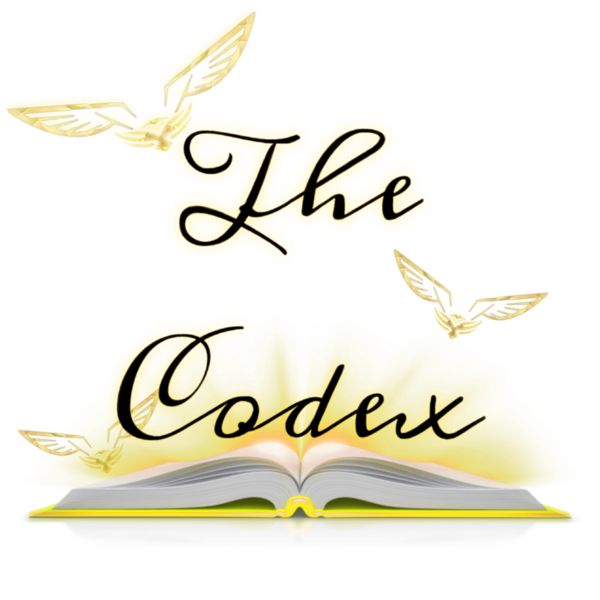The official discord link if you wish to join the discord: https://discord.gg/j5RKwCvAFu
Support the wiki on our official Ko-Fi page or Patreon page!
Martial Arts

Background
Martial Arts is the practice and mastery of combat techniques, often involving a combination of physical skill, mental discipline, and sometimes spiritual principles. While traditionally associated with hand-to-hand combat, martial arts may also incorporate the use of weapons, specialized stances, and techniques for self-defense, offense, and adaptability in combat.
Martial arts can encompass a wide range of styles and traditions, often tailored to the philosophy and culture from which they originate. Practitioners typically undergo rigorous training to enhance their reflexes, endurance, strength, and mental focus, achieving a level of mastery that allows them to outmaneuver and defeat opponents through skill rather than brute force. Some martial artists are prodigies, displaying exceptional natural talent that amplifies their capabilities beyond what is achievable through training alone.
Also Called
- Hand-to-Hand Combat
- Melee Combat
- Fist Fighting
- Close-Quarters Combat
- Weaponized Martial Arts (if involving weapons)
Capabilities
Practitioners of martial arts can achieve a range of feats depending on their skill level and the specific discipline they practice. Common capabilities include:
- Enhanced Combat Skill: The user can execute precise and efficient techniques, allowing them to defeat opponents with superior skill.
- Adaptability in Combat: Martial artists can adjust their techniques mid-battle, exploiting an opponent’s weaknesses or adapting to unexpected attacks.
- Enhanced Physical Attributes: Through training, martial artists develop enhanced strength, speed, reflexes, and stamina.
- Weapon Integration: Some martial arts include mastery of weapons such as swords, staffs, nunchaku, or knives.
- Focus and Discipline: Mental training allows martial artists to maintain calm under pressure, resist intimidation, and maintain focus on their goals.
- Pressure Point Attacks: Advanced practitioners can target specific points on an opponent’s body to incapacitate, weaken, or disarm them.
- Self-Defense: Martial artists are adept at defending themselves, including countering attacks and neutralizing threats without causing unnecessary harm.
Example Styles
- Striking Arts: Focused on delivering powerful punches, kicks, and other strikes to incapacitate opponents. Examples include:
- Kickboxing: A hybrid striking art blending boxing with powerful kicks for both offense and defense.
- Muay Thai: Known as the "Art of Eight Limbs," utilizing fists, elbows, knees, and shins for devastating close-quarters combat.
- Karate: Emphasizes precision strikes, blocks, and disciplined forms to achieve power and control.
- Grappling Arts: Specialize in holds, locks, and submissions to neutralize opponents. Examples include:
- Judo: Focused on throws and joint locks to control or incapacitate an opponent.
- Brazilian Jiu-Jitsu: Primarily a ground-fighting style emphasizing submissions and positional control.
- Wrestling: Combines strength, technique, and leverage to overpower opponents through grappling.
- Weapon-Based Arts: Centered on the use of weapons in combat. Examples include:
- Kendo: A Japanese art of sword fighting, emphasizing precision, speed, and mental discipline.
- Iaijutsu: Focused on quick-draw sword techniques for fast and decisive attacks.
- Kali/Arnis: Filipino martial arts specializing in stick, knife, and unarmed combat techniques.
- Internal Martial Arts: Emphasize balance, energy flow, and mental focus alongside physical techniques. Examples include:
- Tai Chi: Combines slow, deliberate movements with inner focus and breathing for self-defense and meditation.
- Aikido: Uses an opponent’s energy against them through redirection and joint manipulation.
- Baguazhang: A Chinese art featuring circular movements, rapid footwork, and energy-based strikes.
- Hybrid Styles: Modern or mixed disciplines blending techniques from multiple martial arts. Examples include:
- Mixed Martial Arts (MMA): Combines striking, grappling, and submissions from various styles into a comprehensive combat system.
- Jeet Kune Do: Bruce Lee's philosophy-based style, integrating elements from boxing, fencing, and other disciplines.
- Krav Maga: A practical combat system blending striking and grappling for real-world self-defense scenarios.
- Sambo: A Russian martial art incorporating judo and wrestling techniques for both sport and combat.
- Spiritual Arts: A discipline focused on honing one's spirit and unlocking metaphysical potential, such as opening the third eye, mastering inner energy, or achieving spiritual enlightenment.
- Qigong (Chi Kung): A Chinese practice focused on cultivating and balancing life energy (Qi) through movement, breathing, and meditation.
- Yoga: While commonly associated with exercise, some styles emphasize spiritual growth, self-discipline, and inner energy mastery.
- Baguazhang: An internal Chinese martial art emphasizing circular movements, energy cultivation, and harmonizing with the environment.
- Taoist Martial Arts: Disciplines based on Taoist principles, prioritizing inner harmony, spiritual growth, and Qi control.
- Zen Martial Arts: Practices influenced by Zen Buddhism, emphasizing mindfulness and spiritual enlightenment through combat training.
- Hindu Kalari (Kalaripayattu): An ancient Indian martial art blending combat techniques with spiritual and meditative disciplines.
- Esoteric Vajrayana Practices: Tibetan Buddhist-inspired rituals and movements tied to spiritual empowerment and self-mastery.
Advanced Techniques
Some martial artists may go beyond the limitations of conventional techniques, achieving feats such as:
- Superhuman Precision: Executing techniques with flawless accuracy, hitting even the smallest or fastest targets.
- Chi Manipulation: Some traditions incorporate energy manipulation, enabling practitioners to strike with enhanced force or heal themselves.
- Martial Arts Mastery: The ability to master multiple disciplines, achieving unparalleled versatility in combat.
- Unique Styles: Developing a personal or unorthodox fighting style tailored to the practitioner’s strengths and personality.
Possible Uses
- Hand-to-hand combat in battle.
- Self-defense or protection of others.
- Training and teaching others in martial arts.
- Enhancing physical and mental discipline.
- Adapting techniques to enhance performance in non-combat scenarios, such as sports or stunts.
Possible Limitations
- Skill-Dependent: Martial arts require consistent practice and dedication. A lack of training can render techniques ineffective.
- Physical and Mental Limitations: Practitioners may be constrained by their physical attributes, stamina, or reaction speed, especially when facing stronger or faster opponents.
- Vulnerability to Weapons: While martial artists can counter armed opponents, they are still at a disadvantage against certain weapons or ranged attacks without proper training.
- Environmental Factors: Martial arts techniques may be less effective in certain environments, such as confined spaces or against multiple opponents.
Users
- Son Goku (Dragon Ball): Goku is a practitioner of the turtle hermit style, a style that incorporates strength and agility to compensate for the lack of techniques.
- Maki Aikawa (Air Master): A master of street fighting and aerial combat, using her flexibility and precision to outmaneuver opponents.
- Rushuna Tendo (Genadier): Rushuna Tendo is a practitioner of "Gun-fu" allowing her to use her gun in combat beyond any standard marksman.
Notes
- Some martial arts, such as Aikido or Kenpo, are often portrayed in fiction as highly effective in combat situations. However, these styles may be considered impractical or less effective in real-world combat scenarios due to their reliance on ideal conditions or cooperative opponents. Fiction tends to exaggerate their effectiveness for dramatic or stylistic purposes, making them appear more versatile or powerful than they might be in reality.
